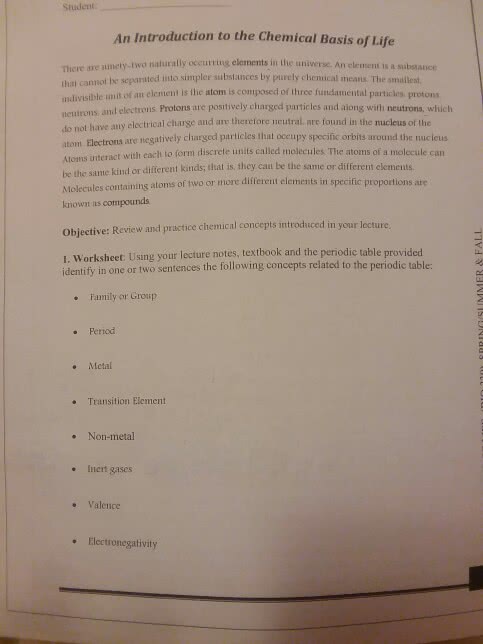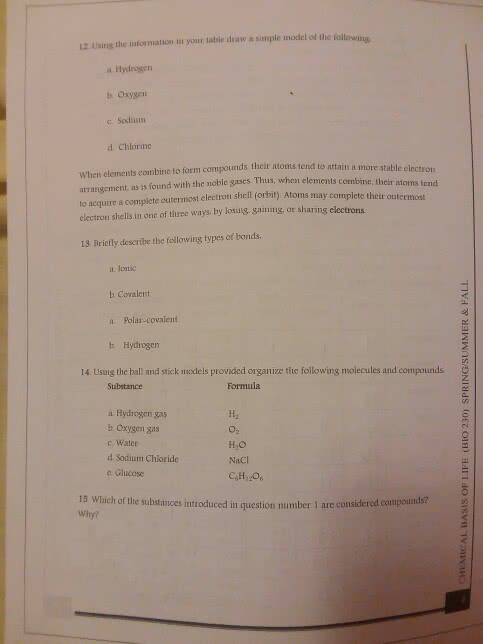CHEM261 Lecture Notes - Lecture 2: Radionuclide, Inert Gas, Relative Atomic Mass

1
CHEM261 Full Course Notes
Verified Note
1 document
Document Summary
Organic chemistry: study of compounds containing carbon. Atom: is the smallest possible particle that defines a complete chemical element. Fundamental building blocks of chemistry: they are composed of neutrons, protons (+), and electrons (-) Every atom is composed of a nucleus and one or more electrons bound to the nucleus. Bonds can be covalent or ionic: changing the arrangement or connections changes the molecule and its physical properties. Compound: collection of molecules of the same type: water (h2o), cholesterol (27 carbons, white crystalline powder, average male contains 80 g) Atomic number: number of protons in the nucleus of an atom (z) 6: 13c = 6p+ + 7n (isotope of carbon, stable, 1. 1% abundance, 14c = 6p+ + 8n (radioactive isotope with long half-life, t1/2 = 5740 yrs) 1n 1p+ + 1e- to become 14nitrogen. Molecular weight (mw): mass of atoms in a molecule: h2o: mw = [(2 x 1 g/mol)h + (1 x 16 g/mol)o] = 18 g/mol.












